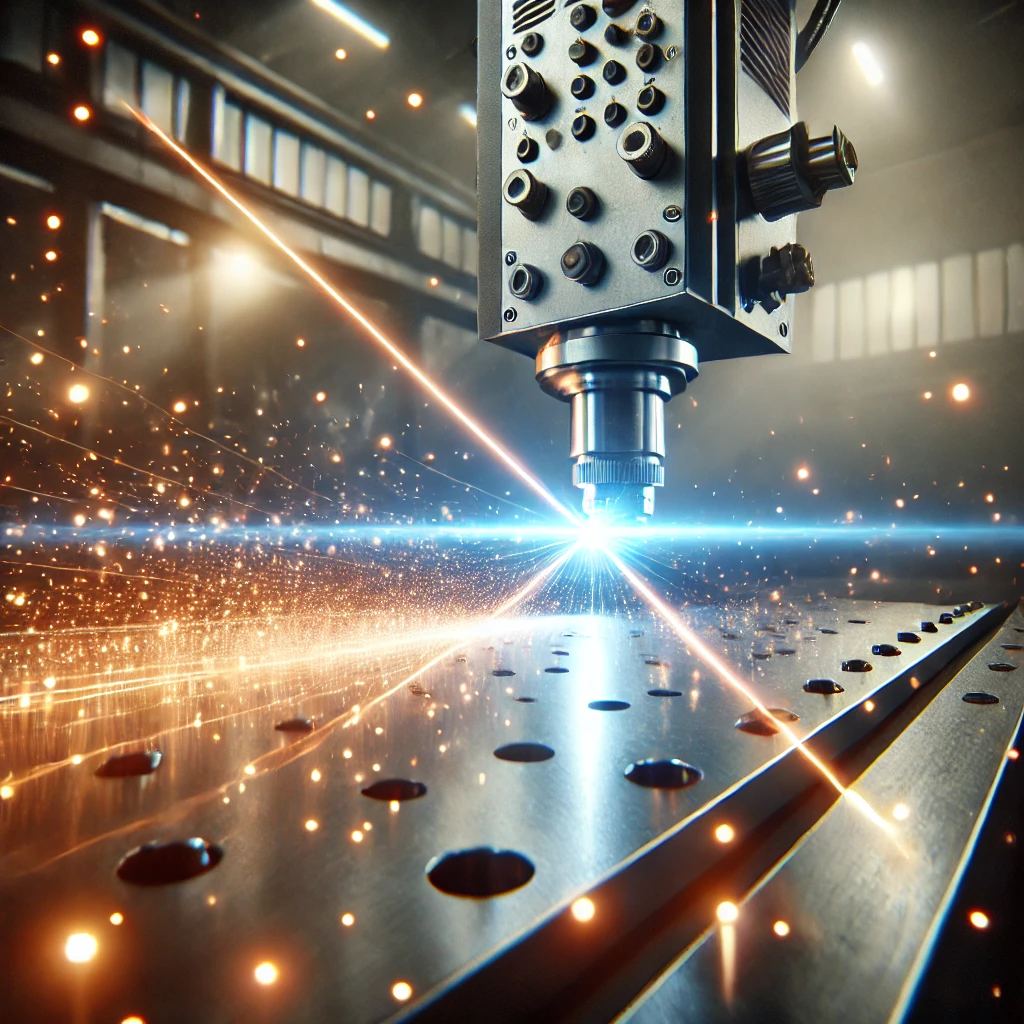Introduction
Pulse laser cleaning machines employ high-power pulsed laser beams to clean the surfaces of contaminants. This process entails removing the outer layer of the contaminant while causing little harm to the surface beneath. Selecting the most appropriate pulsed laser cleaning machine is crucial for effective cleaning. Below are some specifications that may be useful when choosing the best pulse laser cleaning machine.
Determine Your Cleaning Application
The first step is to understand the nature and purpose of the cleaning application or project. Key aspects to consider include: Key aspects to consider include:
Type of Contaminants
– This informs us of what type of contaminant needs to be removed, such as paint, rust, carbon deposits, or biofilms. This means that the wavelength of the laser has to be carefully chosen to be the most effective in being absorbed by the contaminant.
Substrate Material
– For which material must the contaminant be removed? Ensure that the substrate does not undergo any form of destruction by the laser.
Size of Parts
– What kind of parts do you clean? Small parts? Large parts? The laser spot size and motion system should match the part sizes and movement.
Production Volume
– What is the projected capacity for production per shift or week? This defines the laser power and the rate at which processing needs to be done.
Cleanliness Standards
– What other level of cleanliness must be attained after laser cleaning? This changes the laser settings needed.
Determine the Laser Source Type
Several options are available to help you decide on the appropriate laser source for pulse laser cleaning systems.
Nd: YAG Laser
– Nd: YAG lasers at 1064nm can effectively strip paints/coatings from composite aerospace structures and other delicate alloys.
Fiber Laser
Fiber lasers achieve high power for effective cleaning throughput. They are ideal for stripping heavy and/or hard industrial films and coatings.
Picosecond Lasers
– Other picosecond lasers include specialized cleaning applications in electronics manufacturing.
Green Lasers
Double-frequency green lasers (532nm) effectively remove surface rust without affecting the base metal.
UV Lasers
UV lasers, specifically 355nm, are more efficient in removing organic and carbonaceous deposits such as oils and lubricants.
Validate Motion System Capabilities
The motion system translates the laser beam across the part and is instrumental in determining the speed and accuracy of the beam delivery. Key aspects include:
Number of Axes
– Multi-axis motion enables cleaning of intricately shaped parts. The systems with only one or two axes are cheaper than the more complex ones.
Travel Distances
– The motion system must also allow access to the most significant parts that require cleaning.
Beam Delivery
– The ability to clean small areas of a surface is required; however, the optical beam should not stray during high-speed operations.
Speed and Throughput
Faster motion systems achieve high throughput. While they are advantageous, they need high beam quality to ensure accuracy.
Ease of Programming
– Think about software features that can address the programming of advanced 3D laser paths on parts.
Evaluate Additional System FEATURES
Depending on your application requirements, additional pulse laser cleaning machine features may be needed: Depending on your application requirements, additional pulse laser cleaning machine features may be required:
Enclosed Chamber
– When dealing with dangerous materials such as toxic paints or radioactive materials. It protects the operator and prevents explosive gasses from escaping into the environment.
Fume Extraction
– To trap the fumes or particles created during laser processing. Keeps work environment clean.
In-situ Monitoring
– Enables the status of surface cleanliness to be observed without disassembling parts from the system. It is appropriate for production environments when cleaning criteria must be verified.
Automated Loading/Unloading
– It is used in applications that require frequent and vigorous cleaning of small parts. It saves time and can operate 24/7 without being affected by human factors.
Service and Support
– Evaluate supplier experience. Application test capabilities, operator training services, and periodic and continuous support and maintenance services should be offered.
Request Application Testing from Suppliers
In an ideal scenario, it is advised to shortlist 2-3 pulse laser cleaning machines from the suppliers that fulfill your criterion. Give the suppliers sample parts with contaminants and ask for an application test. The testing will confirm the best laser cleaning process for your parts. Visualize the cleaned samples and identify the system that effectively achieves the desired level of cleanliness with a low level of damage to the substrate.
Explore more about techniques for using lasers to clean surfaces. Also, learn how to select the right processing conditions for your industrial application.
Conclusion
Selecting the right pulse laser cleaning system involves identifying and comparing key features such as the laser wavelength, motion characteristics, and additional features to the cleaning needs of a process. Testing a machine with the actual application in production ensures its performance. It also helps in choosing the best cleaner from the options available. The guidelines above should greatly assist the end-users in selecting the right pulse laser cleaning machine for their parts and types of contaminants.
Stay in touch to get more updates & news on Orangedip!


